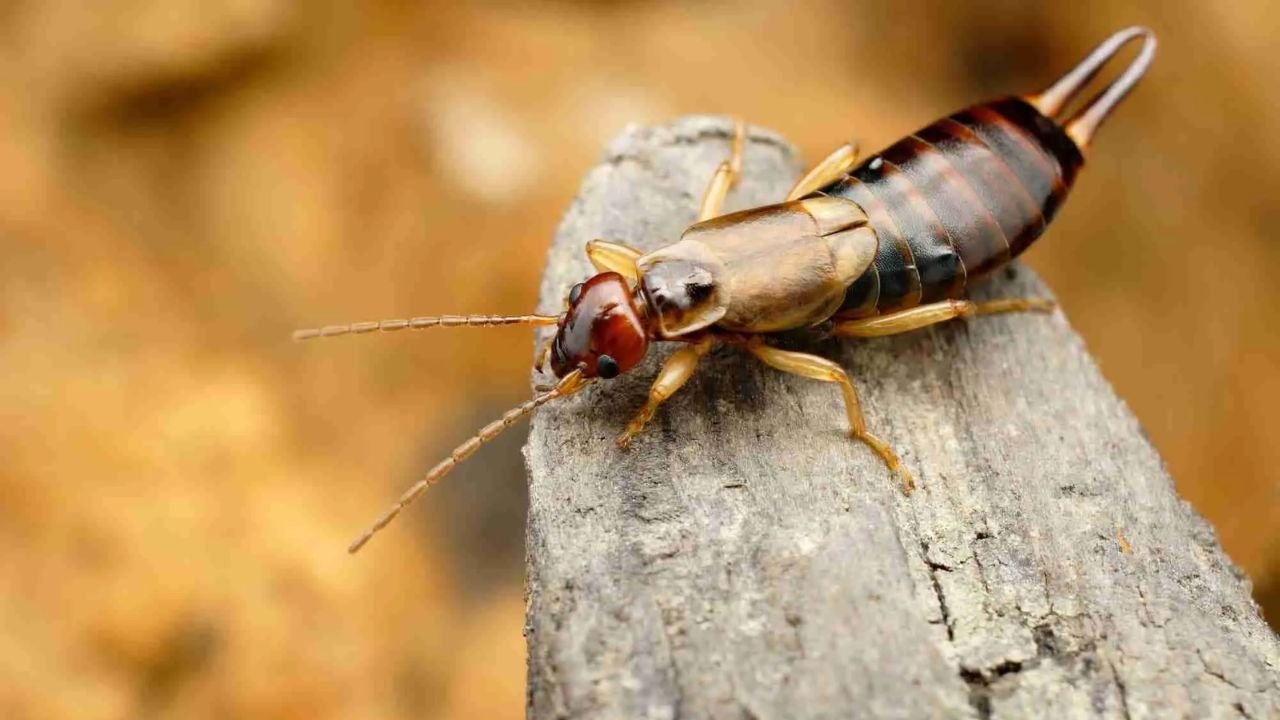Many people wonder whether pincher bugs and earwigs are different insects, but they are the same. Both names refer to small, nocturnal pests that thrive in outdoor spaces. This article explains their differences and how to manage them effectively.
Life Cycle and Behavior
When it comes to pincher bug vs earwig, it’s essential to note that they are actually two names for the same insect. Pincher bugs go through several life stages, beginning as eggs laid by females in protected, moist locations. The eggs hatch in about a week, producing young nymphs. These nymphs resemble smaller versions of adults and molt multiple times before reaching full maturity. The entire process takes about a year, depending on environmental conditions.
Activity levels are highest at night when these bugs search for food and shelter. Their preference for damp spaces makes gardens, mulch beds, and compost piles ideal habitats. During the day, they hide in cracks, under debris, or beneath planters to avoid sunlight. This nocturnal behavior often makes it difficult to detect their presence until visible damage appears on leaves or flowers.
Dietary Habits
These insects are omnivores, feeding primarily on decaying plant material. They help break down organic matter, making them beneficial in composting and natural decomposition. However, they may begin feeding on tender seedlings and young leaves when their numbers increase, leading to noticeable damage.
Pincher bugs also consume other insects, including soft-bodied pests such as aphids. This dietary habit can be beneficial, as it helps control certain unwanted pests. Despite this advantage, their tendency to nibble on young plants makes them a concern for gardeners. Monitoring their activity ensures that populations remain balanced and do not cause harm.
Misconceptions About Danger
The intimidating appearance of these insects often leads to misconceptions about their threat to humans or pets. While they do have pincers, they are not dangerous. They may use their pincers as a defense mechanism if handled or disturbed, but their pinch is not strong enough to break the skin.
Pincher bugs do not carry venom or harmful bacteria, unlike some garden pests. Their presence may be unsettling, but they do not pose a health risk. Understanding their role in the ecosystem helps prevent unnecessary fear and allows for informed decisions on managing their numbers.
Pest Control Strategies
The following simple strategies can help manage their numbers while maintaining a balanced garden environment:
- Create Barriers: Using diatomaceous earth around plant beds forms a protective barrier that deters their movement. Natural deterrents, such as citrus peels or vinegar sprays, may also help.
- Maintain Garden Hygiene: Removing decaying leaves, mulch buildup, and excess moisture reduces the conditions that attract these bugs. Keeping outdoor areas tidy discourages them from settling in.
- Encourage Natural Predators: Birds, toads, and certain beneficial insects feed on pincher bugs, keeping their population in check. Encouraging these natural predators creates a more balanced outdoor space.
Insect Control with Professional Assistance
Distinguishing between a pincher bug and an earwig can be tricky, especially when they appear in large numbers. While they are generally not dangerous, their presence indoors or in gardens can be a nuisance. A professional service can help correctly identify which insect is present and provide effective management strategies. Trained teams know where to inspect for hidden activity and determine the best methods to reduce their numbers. To create a targeted approach, they assess outdoor conditions, entry points, and high-traffic areas.
By understanding the behavior and habits of pincher bug vs earwig, gardeners can take steps to minimize their impact while appreciating their role in organic matter breakdown. Keeping their presence under control ensures that plants remain protected while allowing these insects to contribute positively to the garden ecosystem.











